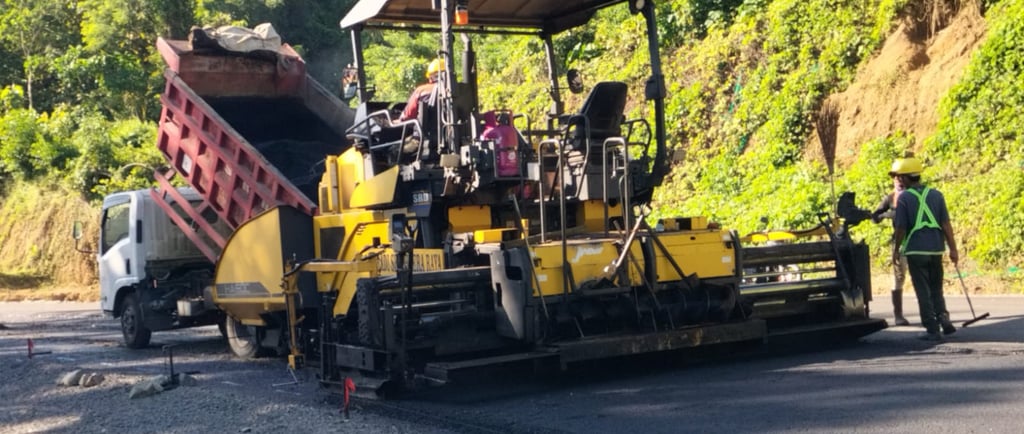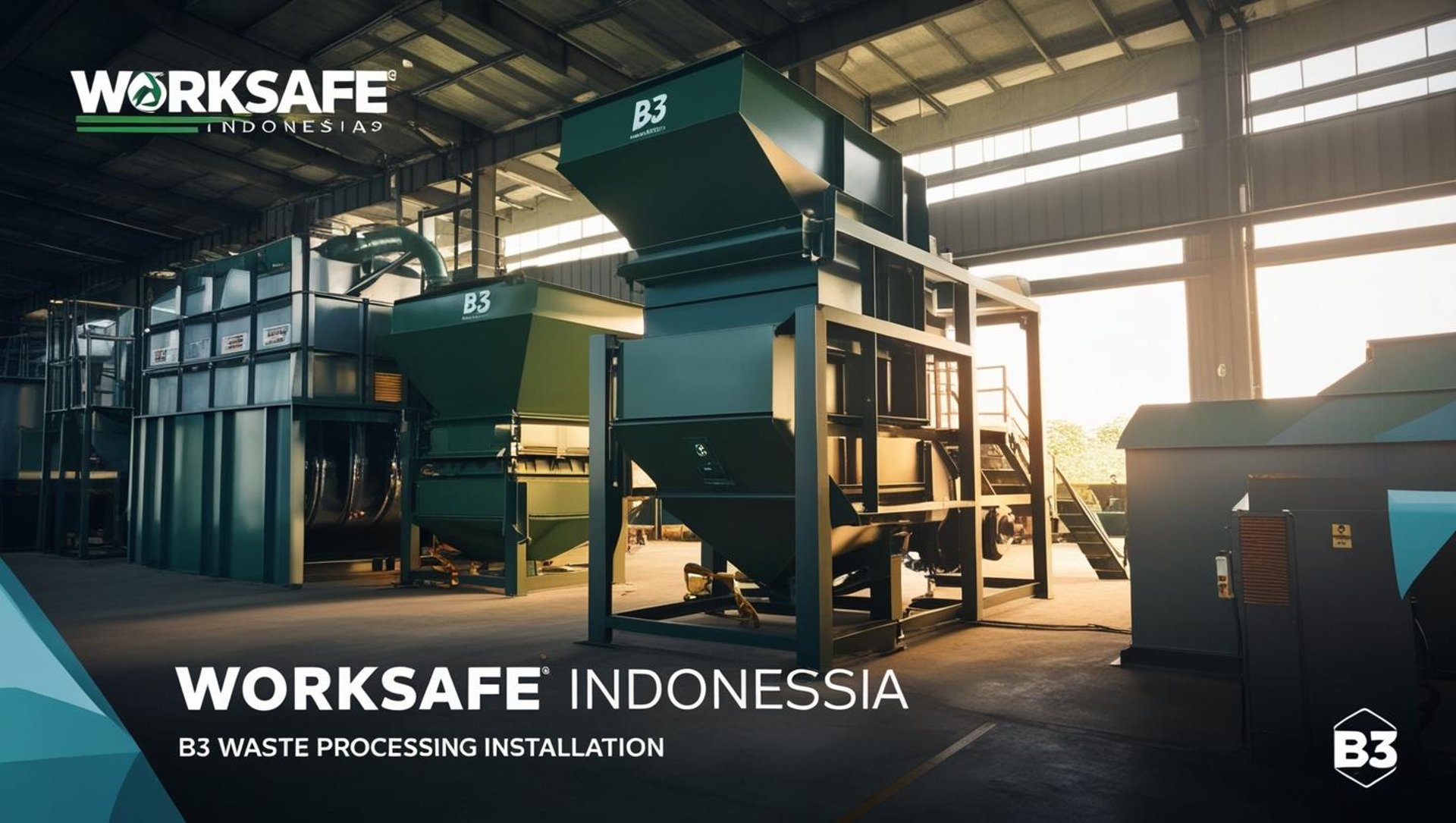
Promoting All About Safety, Health and Environmental
Understanding AC-BC Asphalt: Structure, Function, and Benefits in Road Construction
Understanding AC-BC Asphalt: Structure, Function, and Benefits in Road Construction In road infrastructure development, the quality of asphalt pavement plays a critical role in ensuring durability and driving comfort. One of the key layers in flexible pavement construction is Asphalt Concrete – Binder Course (AC-BC). This article provides a concise yet complete overview of AC-BC, including its function, structure, specifications, and practical benefits.
QUALITY
Septian indra
6/16/20252 min read


Understanding AC-BC Asphalt: Structure, Function, and Benefits in Road Construction
In road infrastructure development, the quality of asphalt pavement plays a critical role in ensuring durability and driving comfort. One of the key layers in flexible pavement construction is Asphalt Concrete – Binder Course (AC-BC). This article provides a concise yet complete overview of AC-BC, including its function, structure, specifications, and practical benefits.
What Is AC-BC Asphalt?
AC-BC stands for Asphalt Concrete – Binder Course. It is an intermediate layer in flexible pavement structures, placed above the base course and below the surface wearing course (AC-WC).
Although it does not come into direct contact with vehicle traffic, AC-BC plays a vital role in transferring vehicle loads to the lower layers and ensuring overall pavement stability.
Main Functions of AC-BC
Structural Binder
AC-BC bonds the base layer and the surface course, creating a strong, integrated pavement structure.Load Distribution
It helps distribute vehicle loads from the surface layer to the underlying structure, preventing early deformation.Road Durability
With a homogeneous mix of asphalt and aggregate, AC-BC adds resistance to dynamic loads and extreme weather conditions.
Composition and Technical Specifications
Typical AC-BC composition includes:
Coarse and fine aggregates
Filler (cement, stone dust)
Bitumen (Pen 60/70 or modified asphalt)
General technical specifications (based on Indonesian Ministry of Public Works):
Parameter Typical Value Aggregate Gradation Intermediate (between coarse & fine) Bitumen Content 4.5% – 6% Layer Thickness ± 5 cm Marshall Stability ≥ 800 kg Void in Mix (VIM) 3% – 5% Flow 2 – 4 mm
AC-BC Installation Process
Base Surface Preparation
The underlying base is cleaned and coated with a tack coat (bonding agent).Hot Mix Laying
Asphalt mix is laid evenly using an asphalt finisher according to the designed thickness.Compaction
Compaction is done using a tandem roller, pneumatic roller, and finishing roller to achieve optimal density.
Key Advantages of AC-BC
High structural stability
Strong resistance to repeated traffic loads
Efficient load transfer to lower layers
Minimizes cracking and deformation risks
Safety (K3) in AC-BC Roadwork
Safety in asphalt work is non-negotiable. Key K3 measures include:
Mandatory use of Personal Protective Equipment (PPE): helmet, reflective vest, safety shoes, heat-resistant masks
Securing the construction site from active traffic
Installing project safety signs and barriers
Conducting daily safety briefings for workers
Conclusion
Asphalt AC-BC is an essential part of flexible pavement systems, serving as a load-distributing and bonding layer. When applied with correct specifications and safety standards, it contributes to strong, durable, and long-lasting roads. Combined with a solid safety culture, it ensures both construction quality and worker protection.
Worksafe Indonesia – Keep Safe, Be Safe !!
Your Partner in Safety and Infrastructure Solutions

